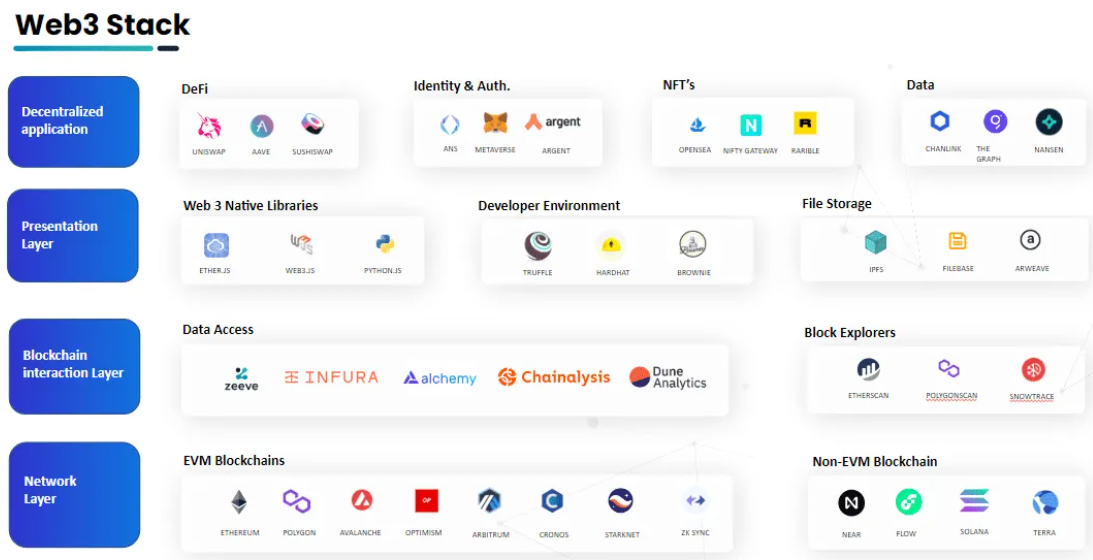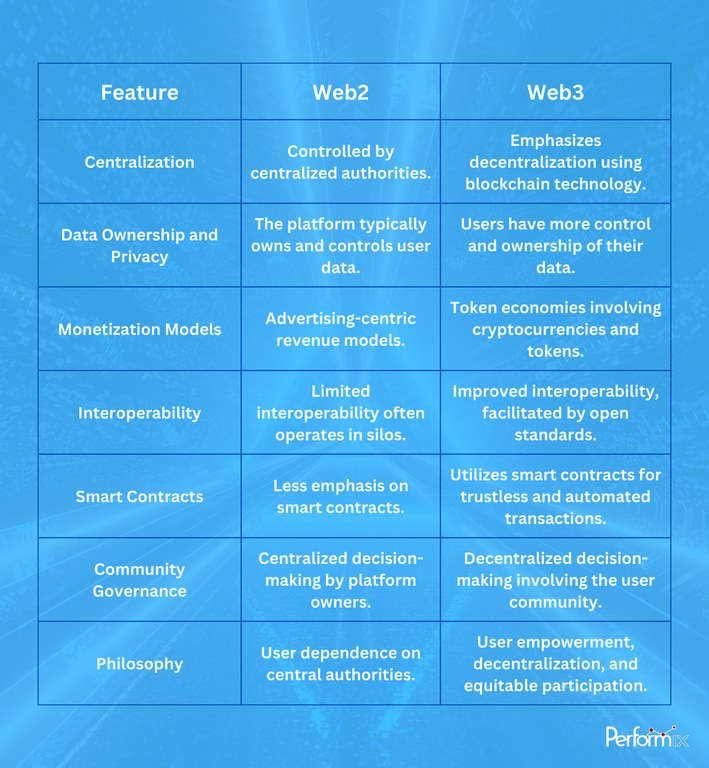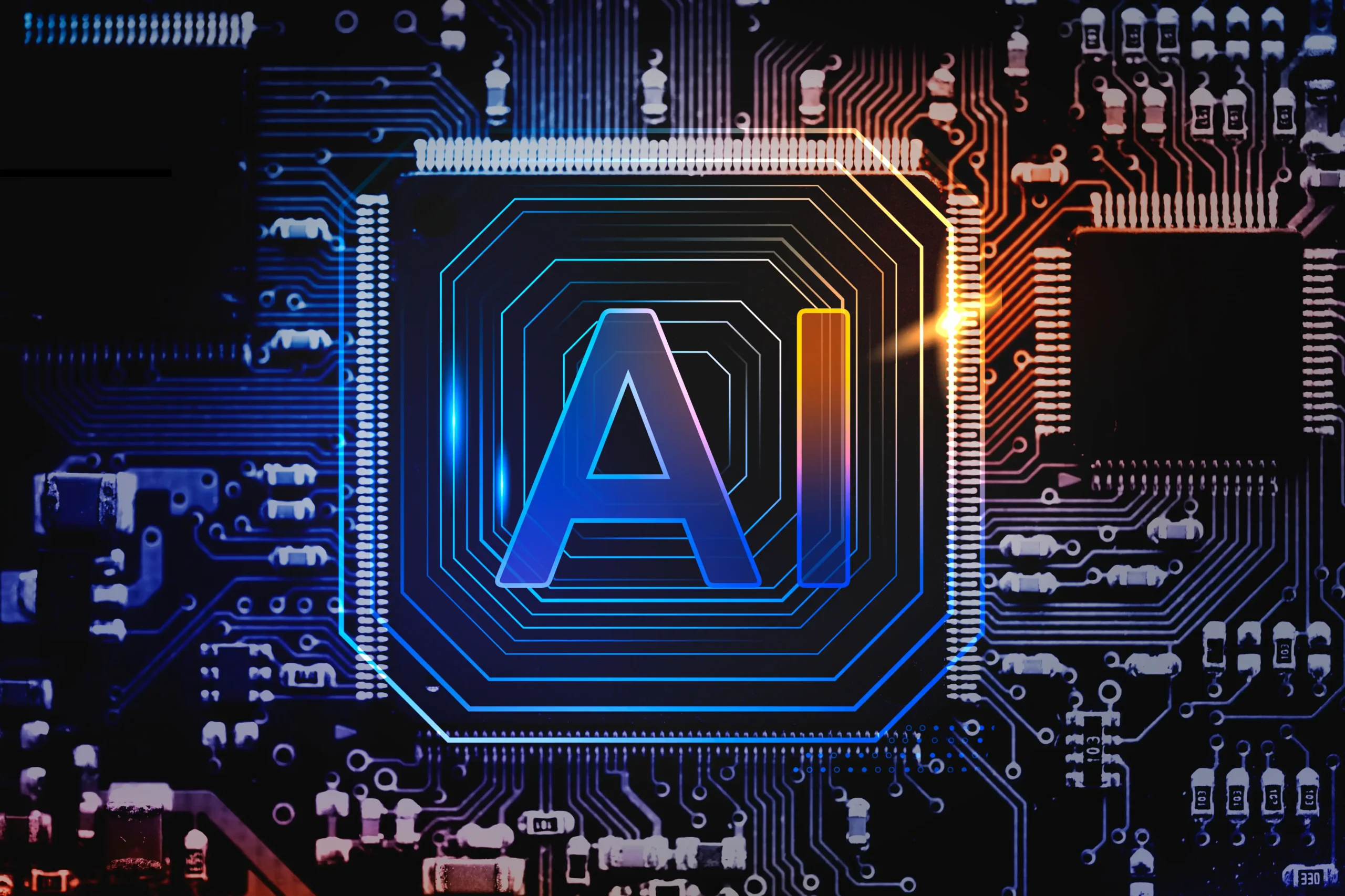The Foundation of a New Internet Era
Have you ever wondered what’s next for the internet? Meet Web3, often hailed as the next giant leap in the digital world. But what makes this possible? Enter blockchain, the star behind the scenes. Think of building a house; you need bricks. Similarly, for Web3 to exist and function, it needs a blockchain. Like those bricks, blockchain forms the core structure and functionality upon which Web3 is built.
Web3: A Fresh Perspective on the Internet
Web3 isn’t just a new term; it’s a whole new way of experiencing and interacting with the internet. Let’s break down what makes it so unique in plain language:
1. Decentralization:
Imagine a world where a few big corporations don’t hoard your online data. That’s what Web3 offers. Instead of storing information in a single location, Web3 scatters it across numerous computers worldwide. This approach democratizes information, reducing the risks of censorship and monopolistic control.
2. Ownership and Control Back in Your Hands:
Have you ever considered who owns your online data? In Web3, the answer is clear: You do. You’re in the driver’s seat, from social media interactions to browsing habits. This shift could revolutionize privacy and security, and even let you monetize your data if you choose to.
3. Security and Trust with Blockchain:
Web3’s backbone is blockchain technology, known for its robust security. The blockchain is tough to hack because changes need approval across a vast network. This security isn’t just technical jargon; it’s about creating a more trustworthy internet.
4. Interoperability:
Web3 aims to knit the internet more closely together. Imagine using a single digital identity across various platforms, ditching the need for countless usernames and passwords. It’s all about seamless integration and ease of use.
5. Revolutionizing Business Models:
Web3 isn’t just changing how we use the internet; it’s redefining business models, particularly digital transactions and ownership. For creatives and artists, this means direct sales to consumers, with no middlemen, thanks to technologies like NFTs.
6. Community Governance:
The power in Web3 doesn’t lie with some remote authority; it’s with the users. This community-driven approach to decision-making fosters a sense of collective ownership and responsibility.
Want to know how Web3 influences the industries? Read Here

Differences between Web2 and Web3
Web2
Web2, the second generation of the internet, is synonymous with the era of centralized platforms and services. During this phase, a handful of powerful entities owned and controlled the digital landscape, providing users with centralized platforms for social networking, content creation, and data storage. Companies like Facebook, Twitter, and Google exemplify the dominance of central authorities in Web2. In this model, users depend on these central entities for connectivity, content distribution, and data management.
The transition from Web2 to Web3 represents a collective effort to address the limitations of centralized internet models. Web3 aims to create a more open, transparent, and inclusive digital ecosystem, challenging traditional power structures and fostering a new era of innovation and collaboration.
As technology advances, the ongoing development of Web3 brings forth exciting possibilities, reshaping how we interact, transact, and participate in the digital realm. It is a journey towards a decentralized internet that prioritizes user empowerment, privacy, and a more interconnected and interoperable online experience.


Podcast Alert!
Find out what’s the latest in IT security with Joe Alapat! Tune in Now
Reasons behind the transition from Web2 to Web3:
Decentralization for Fairness:
- Web2: A few big companies control everything, leading to concerns about fairness and abuse of power.
- Web3: A move towards decentralization aims to share control among many users, making the internet more democratic and fair.
Your Data, Your Rules:
- Web2: Companies own and use your data with little say from you.
- Web3: You get more control over your data. You decide who uses it and for what purpose.
New Ways to Earn:
- Web2: Platforms rely on ads; users might feel exploited.
- Web3: Introduces token economies. You can earn cryptocurrency for your contributions to the network.
Easier Sharing Between Services:
- Web2: Moving your data between platforms can be difficult.
- Web3: Improved sharing and interaction between different services.
People Power in Decision-Making:
- Web2: Decisions are made by a few platform owners.
- Web3: Users get a say in decisions, fostering a sense of community and empowerment.
Trustless Transactions:
- Web2: Transactions often require trust in intermediaries.
- Web3: Smart contracts make transactions trustless, secure, and automated.
In essence, the move to Web3 is about making the internet more user-friendly, fair, and secure by decentralizing control, giving users more say, and introducing new ways for people to benefit from their online activities.
In Conclusion: Unlocking the Future with Web3 and Blockchain
Web3 is set to reshape our internet experience with decentralization, user ownership, unmatched security, interconnected services, and innovative business opportunities governed by the community. It’s not just about technology; it’s about crafting a more open, secure, and user-focused online world. The future unfolds, and the possibilities are boundless – stay tuned for the continued evolution of Web3, rewriting the script of our digital lives!
Take charge of your online experience and explore the limitless potential of a more secure and interconnected internet.
Summary:
Web3: Redefining the Internet!
Web3, powered by blockchain, offers a decentralized internet where users control their data and experiences. Unlike centralized Web2, Web3 promises:
- User empowerment and ownership
- Increased transparency and security
- Seamless data transfer and interoperability
- New business models and community governance
This shift towards a more secure, user-centric internet is still evolving, but its potential to reshape our digital lives is undeniable.






